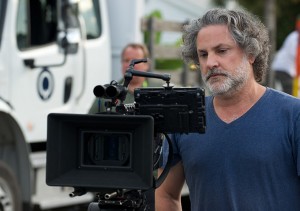How to Write a Scene
Any well-constructed scene is thoroughly conscious of one major component: time. Too much time can make a subtle glance seem to drag on, while too little can feel like being whisked away. The audience may not be able to follow when the pacing is too fast. It also leaves plot holes. If you feel like your scene is at a standstill, or you don’t know what to write, use these tips to help you move forward.
Consult the Classics
Sometimes, it’s helpful to take a day and spend it watching your favorite films. You might find inspiration in some classic lines of dialogue, or be inspired by the pacing of a particular movie. Sometimes lead actors or actresses inspire writers too. Try to isolate specific scenes that you find most memorable.
Make note of the time it takes for a scene to play out. Older films lingered a bit more than contemporary films, but they still accomplished a lot within the allotted time. Scenes aren’t normally much longer than five minutes, and if they even reach that length it had better be for an important reason.
It’s true that one page of script is about a minute of screen time, but try not to get too hung up on time when you’re piecing together your first script. Keep in mind that it’s helpful to over-write when you’re first crafting the script. You’ll find it’s much easier to strip the fat from the script than it is to slowly add meat to the skeleton.
Another reason not to worry about length is that it’s one less road block to finishing the script. Sometimes it’s best to write without boundaries and work on refining your concepts later.

